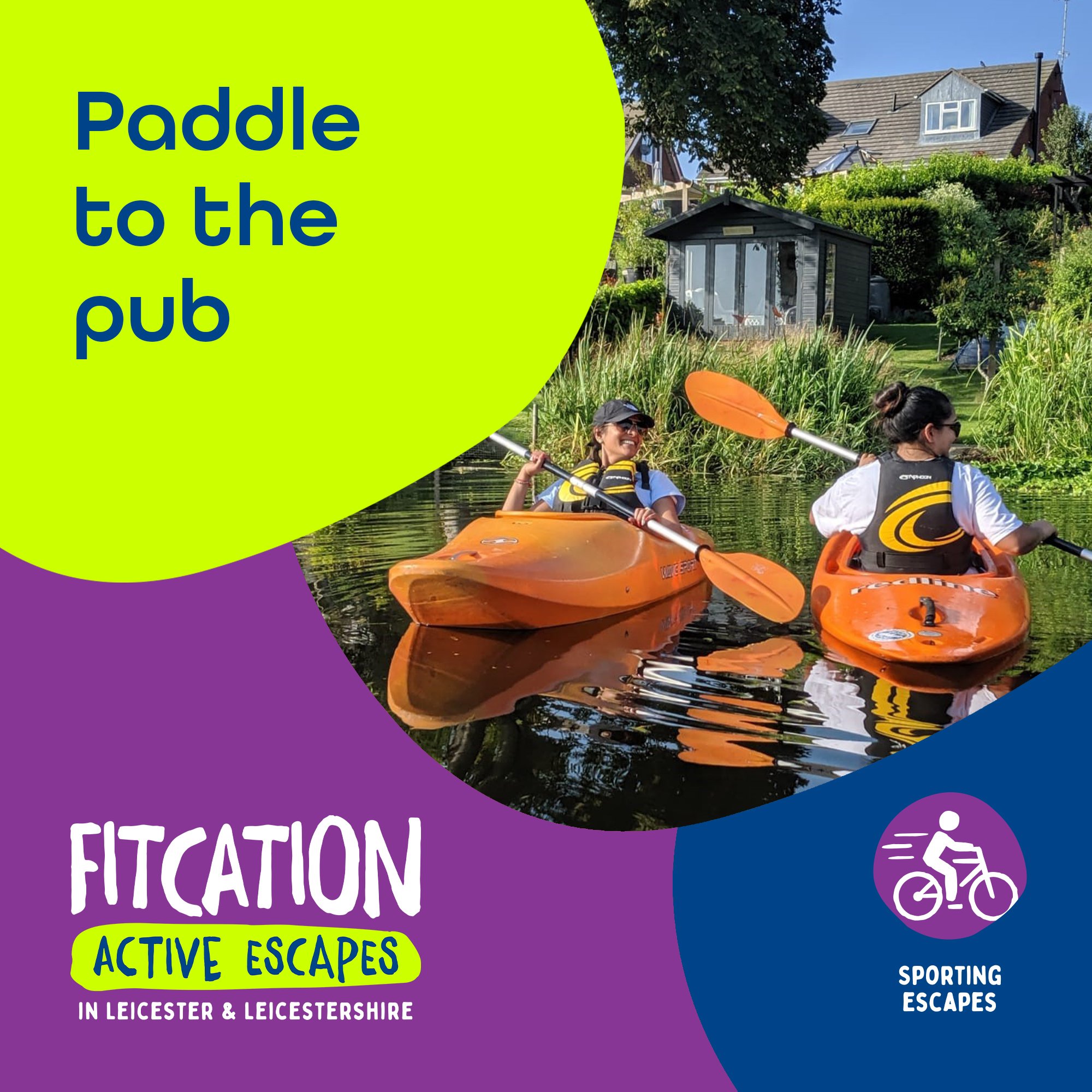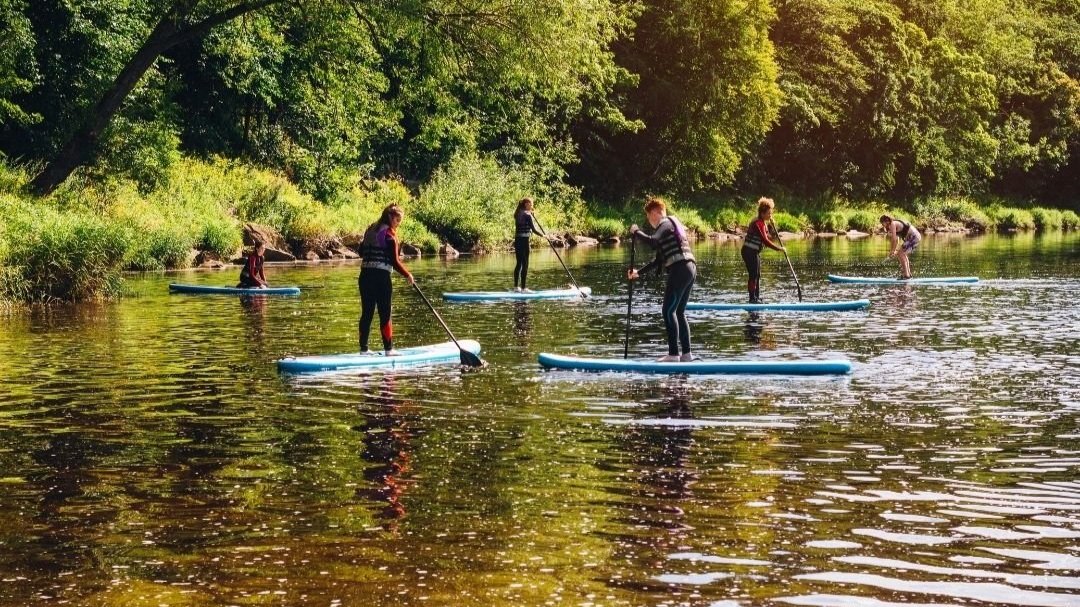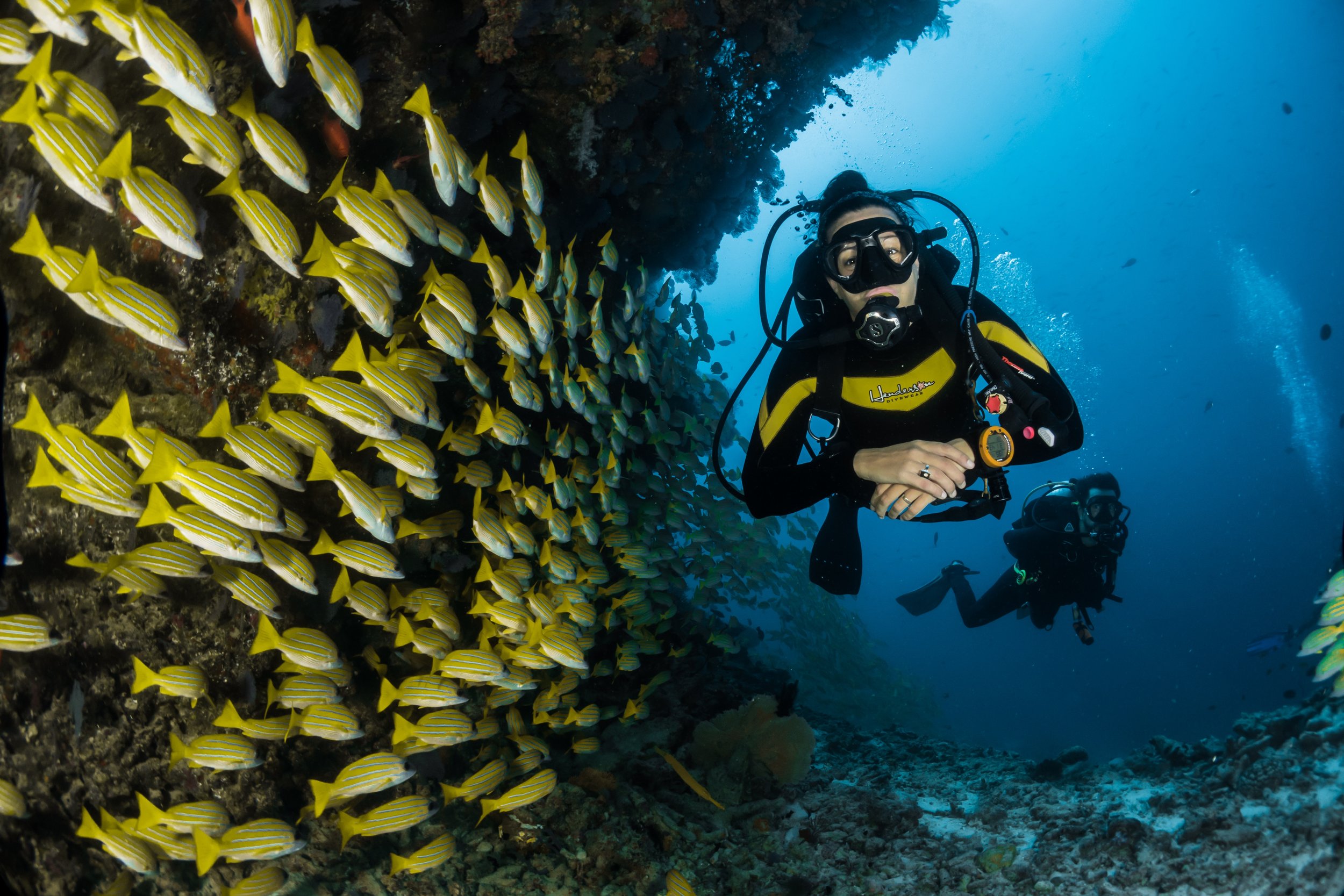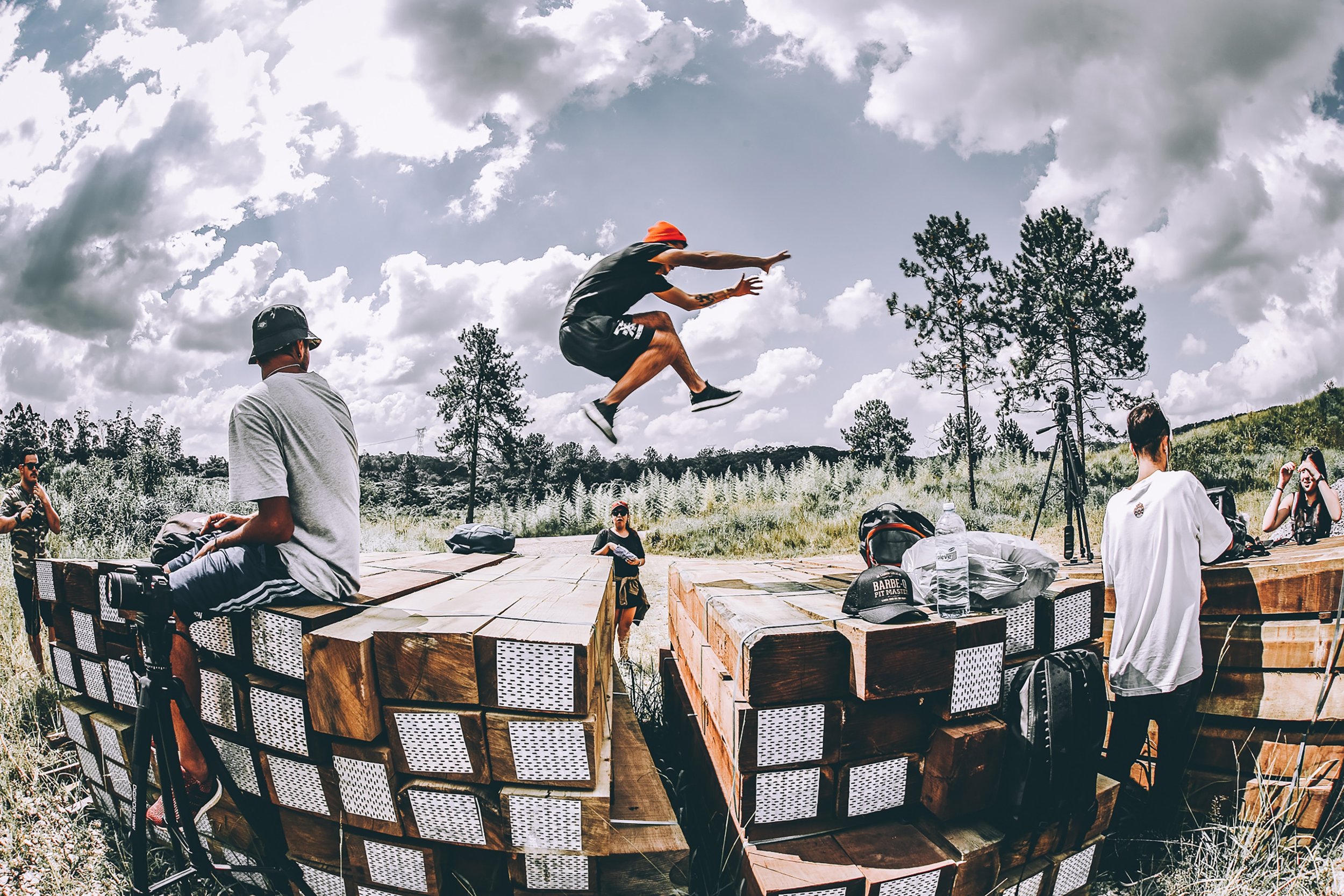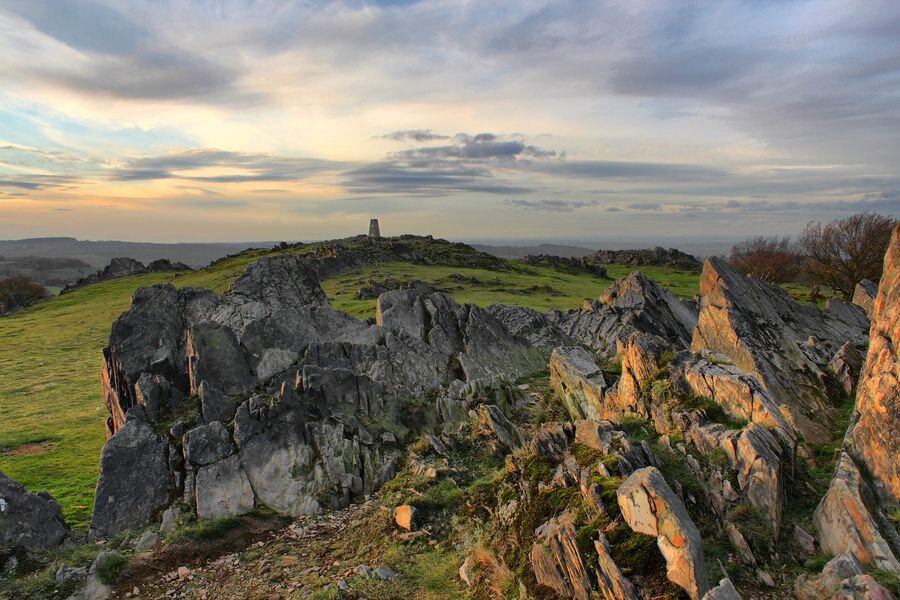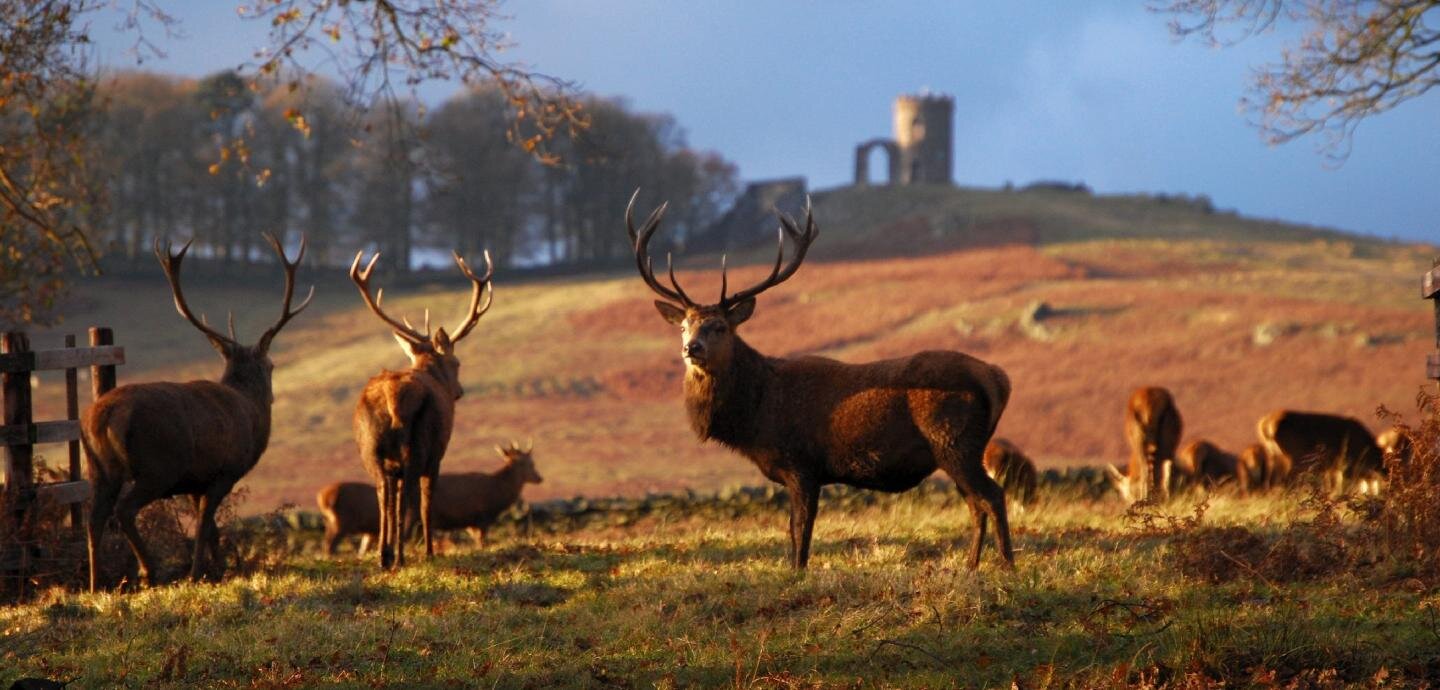Kayaking For Beginners
Kayaking is a type of outdoor physical activity that is performed in the water. It involves paddling of a small boat called a kayak using a double-bladed oar.
Most kayak lovers have made it their weekly routine because its a low impact sport with several benefits. They combine kayaking with other exercises to boost their health as well as bond with friends and family.
Thus, kayaking is an excellent way to relax as you spend your sunny afternoon. Plunging down a waterfall or fishing will help you to lead a healthier and happier life.
Kayaking is a sporting activity accessible to everyone and easy to learn. Others use kayaking for fishing from their vessels. Therefore, whatever is your reason for kayaking, all kayakers have one goal in mind; leading a healthy lifestyle by exploring the waters.
Still, kayaking is risky for it’s done in the water body like lakes, rivers, oceans where there are huge waves and tides as well as animals like whales. It’s also paired with activities such as fishing and camping. Kayaking and canoeing are today part of the Olympic Games; thus, it's an excellent activity to engage in.
On the other hand, paddling a kayak has epic challenges; still, it's friendly for beginners. Therefore, this article is an excellent guide for you.
Kayaks were first introduced by the Aleut and Inuit tribes in Arctic North America. These boats were made from light driftwood or animal skins that were stretched over the whalebone.
These tribes used fat from whale to make the vessels waterproof, seal bladders full of air were tucked in the behind and front sections to improve buoyancy.
A kayak was a small boat that carried a single rider or a larger one for the entire family and goods. Thus, kayak means a hunter's boat since they used them for hunting purposes due to their stealth nature. For that reason, a hunter could sneak up on an animal in the water or shoreline.
The use of the soft-sided frame boat extended to Europe in the 1800s when the French and Germans began the kayaking sporting the icy waters.
In 1936, Kayak races were part of the Berlin games, and today there are 10 white-water kayak events in the Olympic Events.
Differences between Kayaking and Canoeing
Most people can’t differentiate a canoe from a kayak. For that reason, they use the words kayaking and canoeing interchangeably. It’s important to understand their differences to avoid purchasing the wrong boat or their equipment. The following are the main differences between a canoe and a kayak boat.
The Structure of the Vessel
A kayak is an enclosed vessel with a space in the middle where you can stretch your feet when you sit. Thus, a kayak has a stern, pointed bow and open deck. On the other hand, a canoe is an open vessel that you either sit or kneel facing forward. The vessel is open, uncovered, and has a pointed bow.
Paddles
A kayak has a long paddle with a blade on both ends. Thus, you can use both sides of the paddle to push your boat through the water. A canoe has a shorter paddle with one blade that you switch from side to side.
Use
Kayak boats are more of sports cars and excellent for sightseeing, visiting waterfalls, going into the sea, or riding on white-water rapids. Canoes are sport-utility vehicles that are used for recreation and can be used by families to carry supplies during their leisurely paddles in a calm river or lake. Canoeing is ideal for paddling in slow-moving or calm water like canals and lakes.
You can’t participate in intense activities like white-water kayaking with a canoe because of its open-top design. However, there are canoes designed for white-water rapids. On the other hand, you must put on a helmet and nose plugs when kayaking in rapid waters.
Weight of the Boat
Kayak boats are heavier, while canoes are lighter. The difference in weight is caused by the fact that a canoe floats on the edge of the water while a kayak is wider and heavier; thus, it slightly sinks in water.
Equipment Needed for Kayaking
As stated, kayaking is a straightforward activity, but you need some essential items just like any other sports. On the other hand, the demand for gears increases as the kayaking activities intensify. Some of the vital items you need are;
Kayak: is a boat that you sit on or in. There are different types of kayak.
Paddle: is a vital tool that pushes the water back as the boat moves forward.
Life Jacket: will keep you afloat in case of the boat rolls during the kayaking excursion.
Helmet: protects your head since you’re are in open water.
Safety Goggles: protects your eyes from splashes, especially when paddling in challenging waterways.
Water Resistant Pants and Shirt: these attires will protect your body from getting wet due to paddles splash and small waves.
Durable Footwear: you need shoes that will keep your feet dry, with a firm and stable grip to help you when you enter and exit the boat.
Waterproof Bag: such a bag will keep your valuable items dry as you navigate through the water.
Launching a Kayaking
You need to understand how to get a smooth entry into the water before you begin your kayaking adventure. The following are ways of launching your boat.
1. Put your kayak on the edge of the water with just enough water to allow it to float and not drift away. This will help you to control the boat as you get in.
2. Keep your weight even as you enter the boat and use the paddle to keep yourself steady. You can put one foot first then slide your other leg in.
3. Now that you're inside the cockpit, and you can launch the boat. Put the paddle in front of you and dip it into water. You can catch the shore using one blade and push the boat into the open water.
4. Begin paddling to move your kayak forward.
Types of Kayaking
Kayak boats have a closed deck to protect Kayaker legs from water and other elements. The boats have a narrow shape to help the rider glide through different waters efficiently. The following are are different types of kayaking.
Recreational Kayaking is the basic kayaking done in protected lakes and water bodies. The casual rider rent kayaks and equipment. The boat has a larger cockpit to allow easy entry and exit, which is more stable and slower in water. You don’t need any experience to paddle kayak because you paddle the boat slowly; however, you need comfort because your primary goal is to have fun on the water.
Sports Kayaking: kayaking can be done on flat stretches or white-water, standing waves or rapids. Extreme kayaking, freestyle kayaking, river racing, slalom racing, and Olympic kayaking are some of the known competitions. Additionally, kayaking is part of the summer Olympic since 1936.
Surf Kayaking: happens in the ocean but is a dangerous genre that requires specialized training before engaging in the activity.
White-water Kayaking: takes place in the creeks, streams, and rivers with rapids. It's extremely dangerous and exciting for it happens in big rapids, and it is vital to have a partner. There are different paddling in white-water kayaking, such as river running: playboating, creeking, and squirt boating.
Sea kayaking: is done on large water bodies such as the ocean. Kayaks that are designed for sea have two sealed bulkheads. One is placed in the stern behind the seat while the other is placed in the bow ahead of the feet. These hatches and bulkheads allow the rider to stow a lot of gear and are suitable for long and camping trips.
Fishing Kayaking: The rider sits on top of the kayak with an adjustable-height seat, rod holders, and a place to store your items. Fishing Kayak boat is built in a way you can also stand.
Best Time to Embark on Kayaking Adventure
You can't embark on a kayaking adventure at any time of the year due to seasonal weather variations that can cause severe risks of the storms. The best time should be free from headwinds, hurricanes, storms, or any violent weather. You should also go for kayaking during the daylight hours and head to the shores when it begins to get dark and windy.
The following are the factors to consider when embarking on kayaking.
Stable Wind: When going for kayaking adventure in the seas, opt for the days when the wind is decreasing because it makes it easier to paddle the boat. Further, you may be affected by increasing wind when you delay in the sea.
Wind Direction: kayaking during windy conditions can create safety concerns. Paddling during headwind is more stable because it causes the waves to come to you. However, you get tired when the wind is strong and requires hard work to control the boat.
A tailwind will produce waves that boost your paddling efforts. Crosswind or weathercocking happens when the wind blows from the side, and this causes the boat to turn into the wind rather than keep the straight course.
Having waves and wind from the side will affect your balance and make kayaking more challenging.
Fog: Avoid going into the waters when the weather limits your visibility. Thus head off to the shore when the weather changes because fog can roll in speedily, therefore, affects visibility. Depending on your ears when kayaking is dangerous.
Temperature: ensure that you are dressed appropriately before getting into the water. You can put sun shirts when the weather is hot, waterproof clothing and fleeces when it’s cold.
Wet And Cloudy Weather: Although you can go kayaking during the cloudy and rainy season, you need to dress warmly and have waterproof gears. The weather is ideal because it gives you refreshing relief from the heat. However, stay away during dark, rolling clouds, for they can be a sign of thunderclouds.
Health Benefits of Kayaking hobby
Kayaking is an excellent workout equivalent to other aerobic exercises such as biking and running. However, the quality of this exercise based on your efforts. You will enjoy the following health benefits when you actively paddle your boat.
Muscle Building and Toning: Paddling a kayak will exercise your upper and core body muscles. This will help tone and strengthen them after every trip, depending on your efforts.
Weight Loss: you can shed some weight when you paddle regularly combined with appropriate calorie intake.
Social Bonding: Hitting the waters with your buddies and sharing a fun experience improves your relationship.
Source of Vitamin D: Most people rely on Vitamin D we get from foods, yet it's not sufficient for the body. However, the body has the ability to produce it with the help of the sun. Thus, spending a significant amount of hours in the water will help the body to produce enough vitamin D for its use.
Reduces Stress: Being in the water and enjoying the scenery reduces your stress levels. It also causes the heart rate to go up, thus improving your cardiovascular health.
Improves Memory: kayaking makes you active, thus helping your body to release chemicals that enhance the production of brain cells and improves your health.
Boosts Self-Confidence: learning new skills and overcoming challenges boost your confidence and improves your self-image.
Improves The Quality Of Sleep: Paddling makes you extremely tired, especially when you encounter challenges on the water. The experience also reduces your stress levels; this helps you to fall asleep easily at night.
Improves Your Mood: it has been said several times in this article that kayaking is an exciting activity. It makes you feel happier; thus, the release of endorphins that helps to fight depression.
Hiring a Kayaking Guide
Although you can excel in kayaking alone, having a passionate expert is an excellent idea. The guide will help you to learn about flora and fauna as well as try out areas that you can't dare visit without experience.
The expert will train you in different kayaking techniques and proper handling of equipment. He will increase your security when facing rushing waters.
Therefore, a kayak guide should train you to combine physical technique with your mental intensity. This will help you to go beyond your comfort zone.
A guide will also help you to select the best kayak boat for your adventure. The guide is especially vital when visiting tourist destinations in new places.
Basic Safety Tips
1. You can go kayaking alone or as a group. However, it’s recommended for a beginner to have a friend or a guide. You should let a friend know your location and timeframe.
2. Practice getting back into your kayak after a roll or fall out. You should do exercise in a safe environment like a sheltered area or a pool.
3. You should check for noticeable holes, damages, tears, or defects before embarking on the kayaking tours. Ensure that your personal flotation device that you're wearing is safe.
4. Further, make sure that the weather is favorable and continue watching the temperature and clouds throughout the time you will be in the water. That means that you should take shelter immediately when a storm creeps up. Monitor the rip tides and currents when in the ocean.
5. Additionally, every region has different rules when interacting with wildlife. Thus ensure that you understand those guidelines when interacting with such creatures.
6. Select the correct anchor for your kayak if you want to enjoy your fishing trip. This accessory can also serve great safety equipment. Have a light and small anchor for shallow fishing spots and a heavier anchor and long rope to slow or stop unexpected drift out of the sea.
7. Give way to big vessels, keep on the right always, and avoid the centre of the channel, busy channels, or shipping lanes.
8. You should store your kayaking equipment safely, whether for a short or long period. That means you should cover the cockpit before storing it to keep it free of dust, water, debris, and dirt. Thus investing in the cockpit cover will save you money that you would have spent cleaning it.
Indeed, you should plan for a safe trip to ensure you have an enjoyable experience.
What to do in Case of Emergency
Although kayaking is an exciting and fun sport, a lot can happen when on the water. Therefore, you need to know how you can handle an emergency when it occurs.
The following steps will help you in case of an emergency.
1. Wear the Right Equipment: you can only handle a kayak emergency if you're already prepared. For that reason, wear your personal flotation device, helmet, and dry suit throughout the kayaking process. Invest in an air horn, navigation device or GPS, and bilge pump. This is particularly right when kayaking near rapid water and boulders.
2. Recover your Position when the Boat Rolls: Kayaks are maneuverable and swift boats even in roaring rapids. However, Kayak can overturn and leave you underwater. You can recover yourself position by first flicking your hips and rear, followed by your upper part immediately you regain momentum. Use your paddle to improve your momentum. You can do a wet exit to get out of the boat and get back when you turn it.
3. Ocean currents can cause riders to drift farther into the sea and cause them to lose direction. You may also lose the gear when the kayak rolls. Thus you should put a ditch kit in a waterproof backpack and tire it on your body. Ensure that it has a compass, water purifiers, signaling whistle, fire starter, first-aid kit, signaling device, and a lightweight tarp for creating a shelter.
4. Practice doing a Buddy Roll, T-Rescue or other Safety Maneuvers: These techniques will save yourself or a partner that is on the verge of drowning
5. Paddle Float: Getting into a kayak after an overturn might be difficult, especially when the paddle floats get inflated, and you need them. Therefore you should always keep the paddle float fixed to the bungee cords and next to the boat stern.
6. Inform your Family and Friend about your trip and inform them when an emergency occurs as soon as you can. Use hand signals, horns, whistles, headlamps or flashlights, flags, signaling mirrors, or flares to alert others.
Enjoy!
Content from: https://www.allpastimes.com/kayaking-beginner-guide



